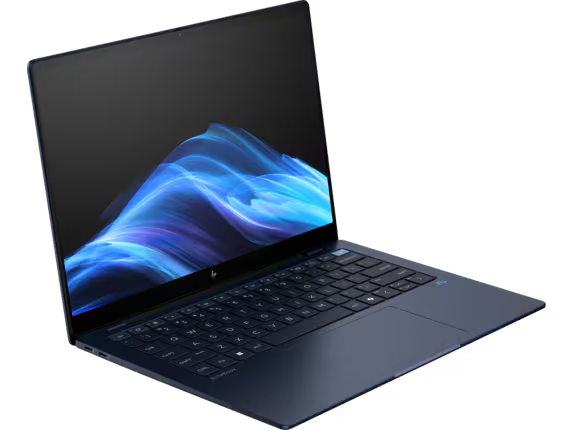A few days ago Microsoft announced that they had started WHCP hardware certification for Windows 11 version 24H2 and apart from that, Microsoft also announced the minimum requirements for Windows 11 Enterprises IoT LTSC 2024 which has been confirmed that this version will be officially released this year.
Well from system requirements released by Microsoft, requirements has been divided into two parts, namely Preferred and Optional, and the following are them:
| Components | PREFERRED Minimum Requirements |
OPTIONAL Minimum Requirements |
|---|---|---|
| Processor¹ | 1 GHz, 2 Cores | 1 GHz, 2 Cores |
| System Memory | 4 GB | 2GB |
| Storage Size | 64GB | 16 GB |
| Storage Type | Solid‑State Drive (SSD) | Solid‑State Drive (SSD) Hard Disk Drive (HDD) Hybrid Hard Drive (SSHD) Flash (eMMC, SD, USB) |
| System Firmware | UEFI | BIOS |
| TPM | TPM 2.0 | Optional |
| Secure Boot | Enabled | Optional |
| DirectX | DirectX 12 | DirectX 10/None |
| Displays | 9″ diagonal 720p HD |
Custom Size / Optional |
So above we can look at requirements (preferred) mentions that the SSD storage type has been added as a minimum requirement, which is actually a pretty good thing because SSDs have better performance than conventional HDDs.
Apart from that, what is interesting is the section optional where TPM and Secure Boot are present as part of the optional minimum requirements. In other words, devices without TPM and Secure Boot can run Windows 11 LTSC 2024 System.
So what's the difference? preferred and optional?, The following is an explanation of the Minimum Requirements (Preferred vs Optional) according to Microsoft.
Preferred Minimum Requirements (Preferred)
The Windows IoT Enterprise preferred minimum requirements correspond to the requirements for consumer general purpose devices where optimal performance and compatibility is required. Windows IoT Enterprise based devices have some flexibility from this part of the system requirements for specific devices. Users should carefully consider deviating from this section when producing custom devices where software may be added to the device by the end customer. For example, not offering a TPM may impact the software end users require, whereas using a different storage device typically only impacts read and write performance. To enable Microsoft Security best practices out of the box, see Condition minimum Edge Secured-core.
Optional Minimum Requirements
Windows IoT Enterprise optional minimum requirements are provided for device maker for use when building custom devices that provide a “appliance like” collected. Some of these optional minimum requirements, such as lower storage requirements, require extra monitoring and management throughout the device lifecycle to prevent storage from being completely consumed due to services or data file growth. It is important to fully validate the selected configuration meets the needs of the specific device for its lifetime before distribution
So, even though there are two different parts to the system requirements released by Microsoft, it can be said that the optional part is more specifically for device makers to build special devices, for example laptops or company PCs that are tailored to the company's work area and company. Temporary Preferred is a general requirement for all consumers, which of course is more recommended because everything is in accordance with the minimum requirements of Windows 11 itself.
Intel and AMD Processor Support
Apart from presenting system requirementsMicrosoft has also published a list of supported Intel and AMD x86 processors, including Qualcomm and NXP CPU support which you can see below:
So that's a little bit requirements from Windows 11 LTSC 2024, you can also read the article This is what OS Selection looks like in Windows 11 LTSC 2024 to find out the difference OS Selections that version.
Regarding the release date, unfortunately there is no detailed information yet, but it will most likely be released together with Windows 11 24H2 later.
Via: Microsoft
Source link











